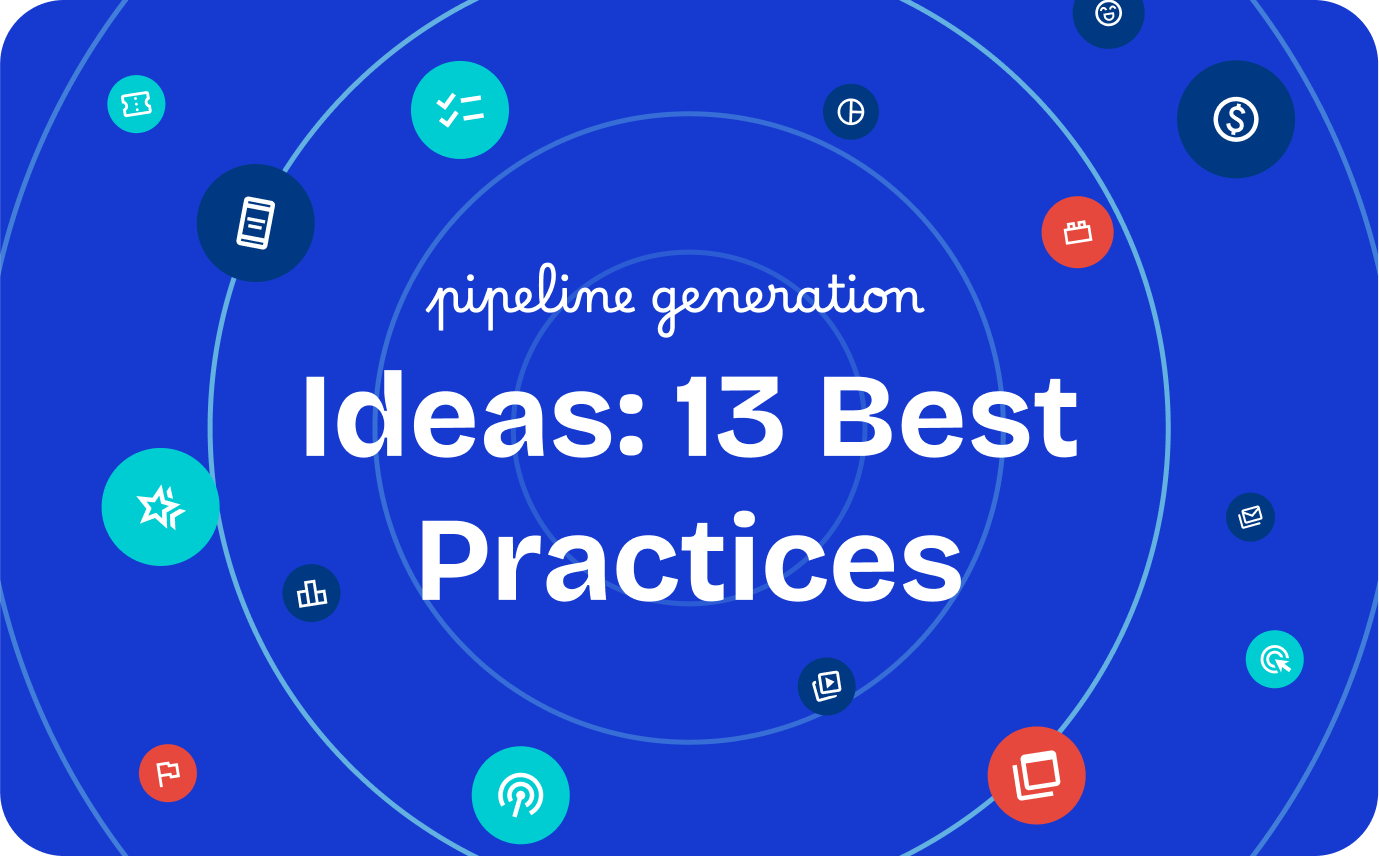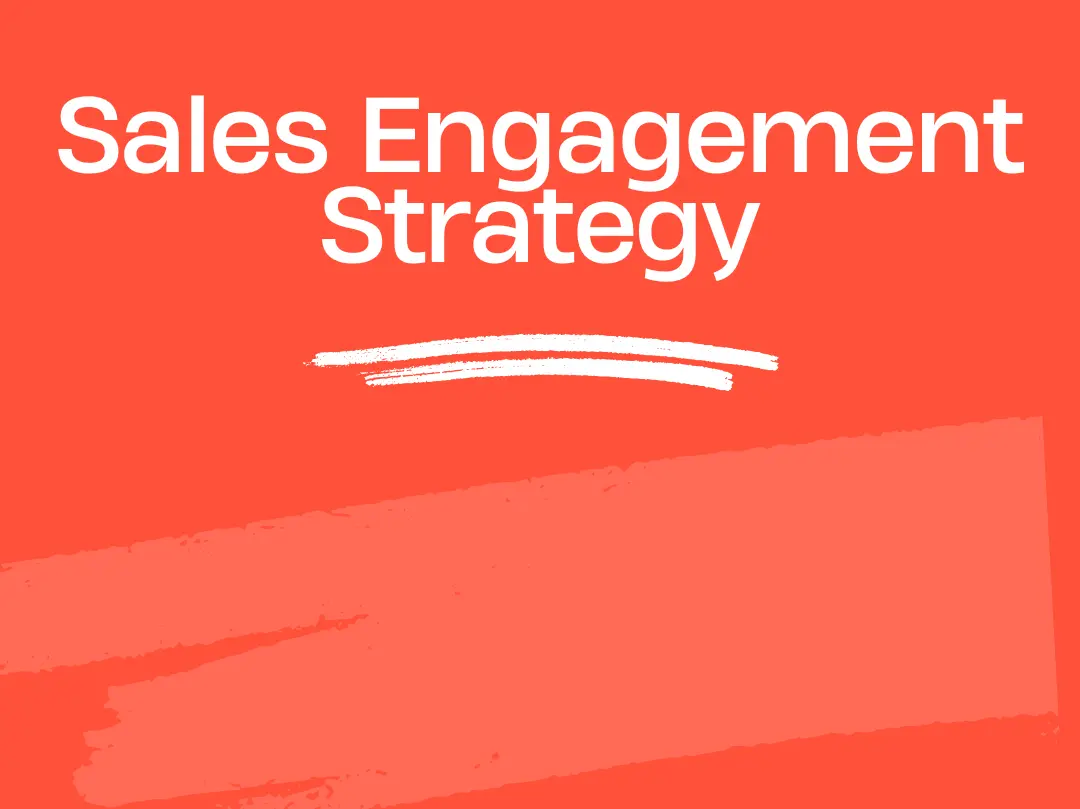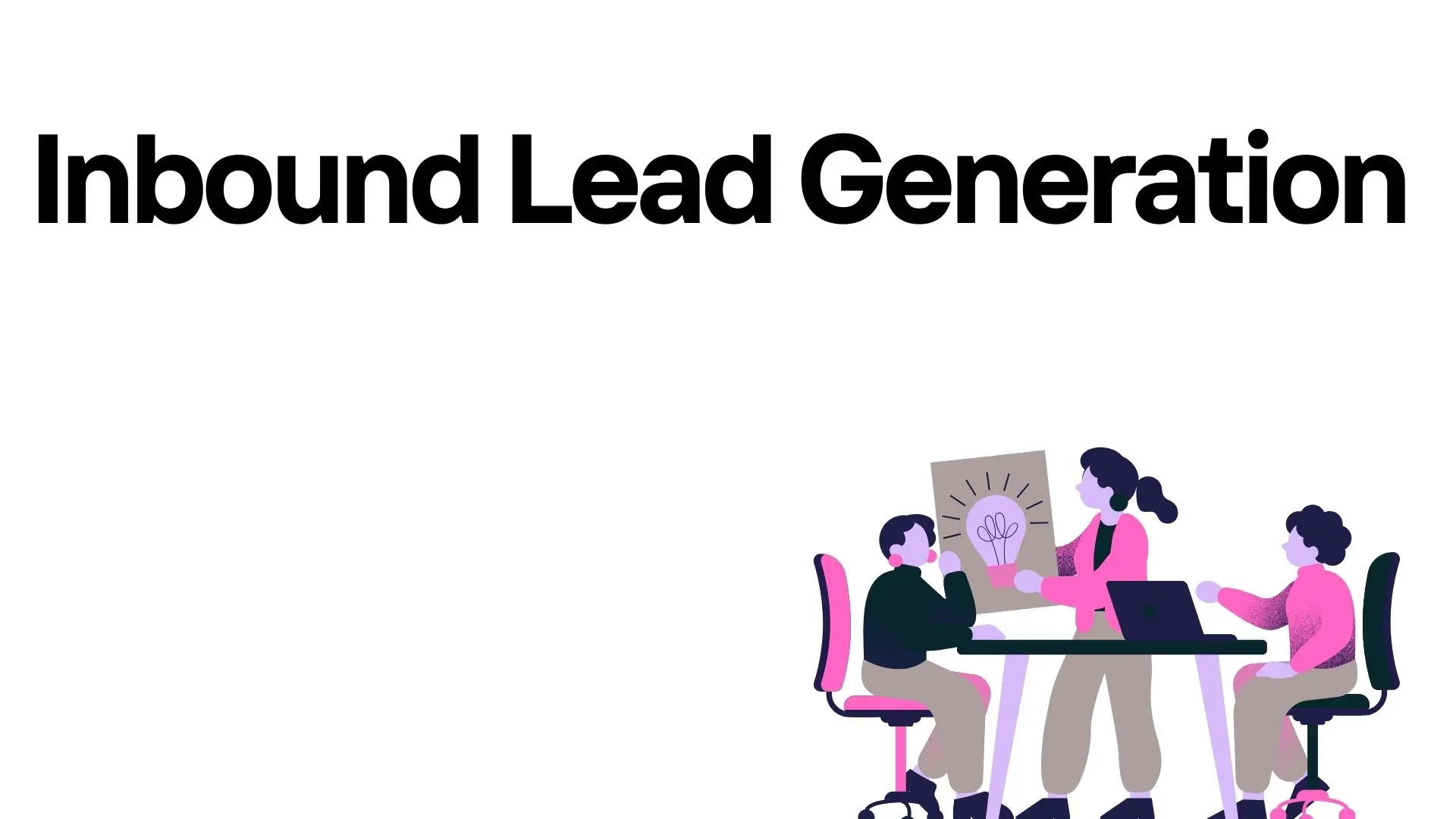Building a solid and healthy sales pipeline is key to growing your business and hitting your revenue targets.
In this article, we’ll dive into 13 practical pipeline generation ideas, sharing strategies you can use to make prospecting easier, work more efficiently, and see better results.
What Is Pipeline Generation in Sales?
Pipeline generation in sales is all about finding, connecting with, and building relationships with potential customers to keep business opportunities flowing.
It involves using strategies like cold outreach, inbound marketing, networking, and referrals to attract leads.
Once you identify potential customers, the next step is qualifying them to see if they’re a good fit for your product or service.
From there, it’s all about nurturing those leads and guiding them through the sales process until they become paying customers.
Having a strong sales pipeline is key to maintaining steady revenue and driving long-term growth.
Why Is Pipeline Generation Important?
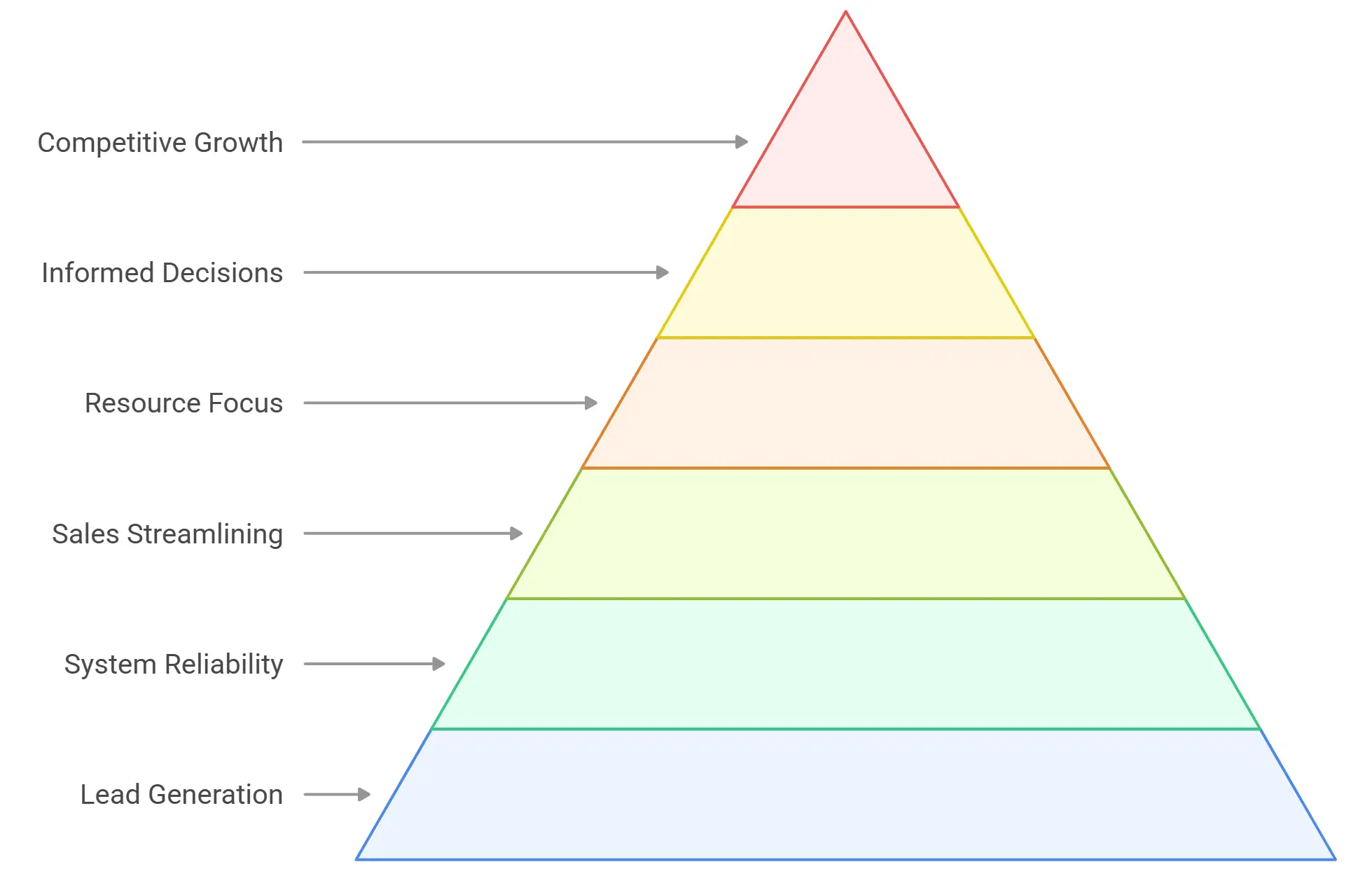
A strong pipeline is key for any business—it keeps potential customers and revenue flowing, helping you stay on track to hit your goals.
Without a healthy pipeline, it’s much harder to meet sales targets and grow sustainably, leading to unpredictable results and missed opportunities.
Pipeline generation isn’t just about finding leads; it’s about creating a reliable system that supports long-term success.
A good pipeline generation strategy helps streamline sales processes, spot any inefficiencies, and focus your resources where they’re needed most.
Plus, it gives you useful data and insights to make smarter, more informed decisions that drive better results.
In the end, a strong pipeline sets the stage for consistent growth and helps your business stay competitive in today’s fast-paced market.
What’s the Difference Between Pipeline Generation and Lead Generation?
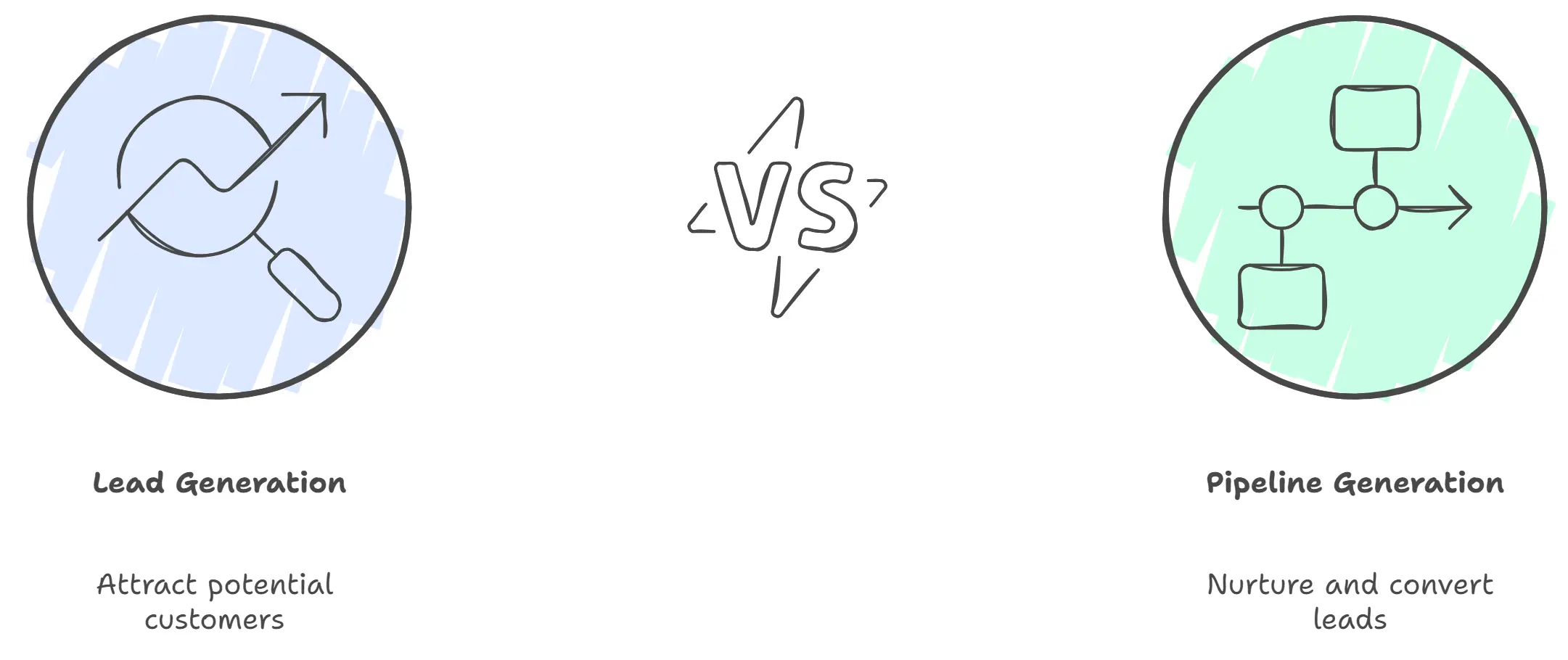
Pipeline generation and lead generation often get lumped together, but they’re actually pretty different and serve unique purposes in the sales process.
Lead Generation
Lead generation is all about finding potential customers—people or businesses that might be interested in what you’re offering.
It’s about grabbing their attention and sparking interest through things like email campaigns, social media ads, events, or content marketing.
The goal? Bring in as many qualified leads as possible to create opportunities for deeper engagement.
Pipeline Generation
Pipeline generation takes it a step further. It’s a more holistic approach focused on building and managing the entire sales pipeline.
This includes nurturing those leads over time through personalized outreach, follow-ups, and tailored content.
The idea is to guide them through the sales funnel—from showing interest to making a decision—and ultimately convert them into paying customers.
In short, lead generation gets the ball rolling, while pipeline generation keeps the momentum going so leads don’t slip through the cracks. Both are key to building an effective, seamless sales strategy.
13 Pipeline Generation Ideas
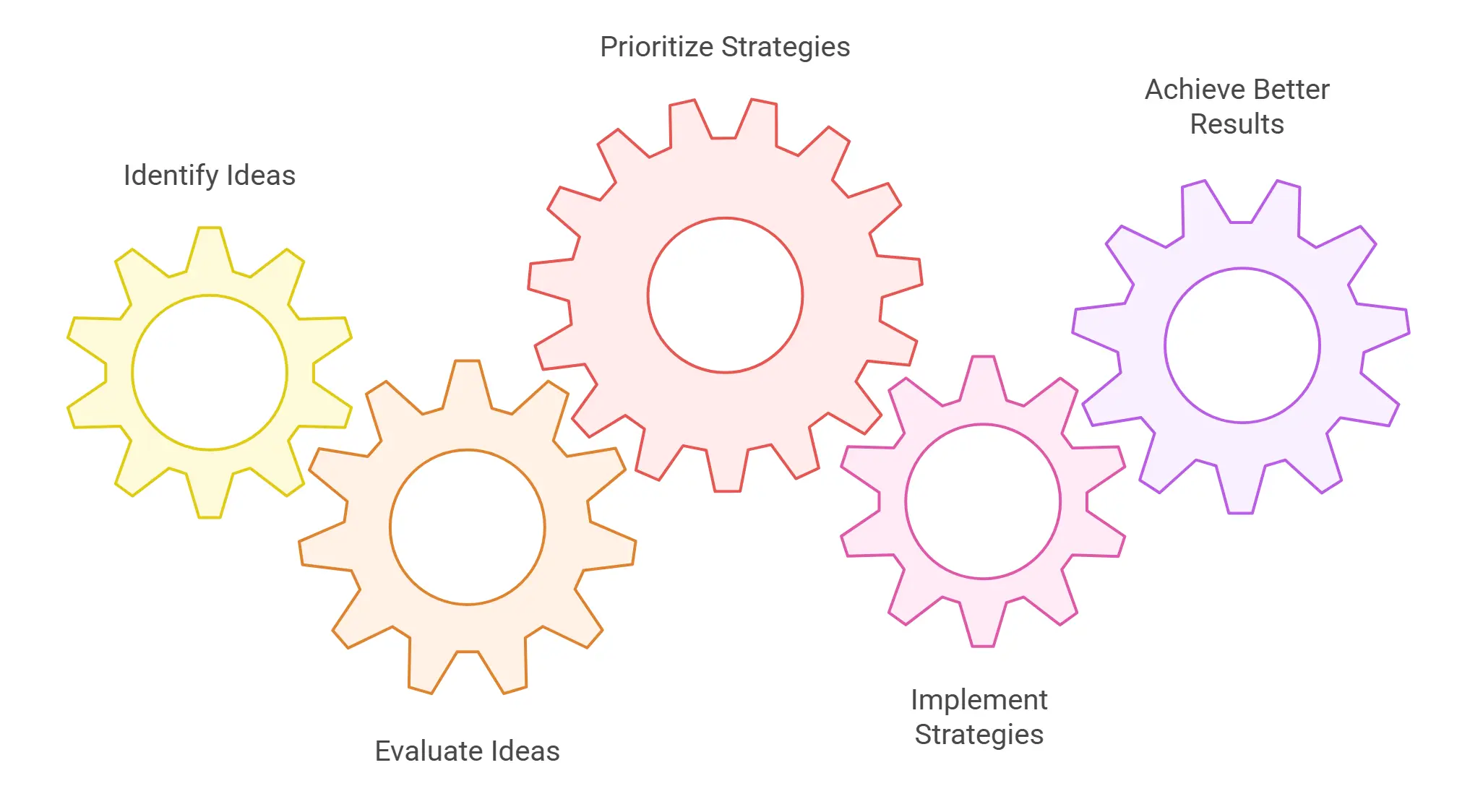
To build a pipeline generation plan that works for your business, it’s important to deeply understand your target audience and the challenges they face.
Successful pipeline generation isn’t just about strategies—it’s about aligning those strategies with the needs and behaviors of your potential customers.
Here are 13 best practices for pipeline generation to help you attract and convert potential customers effectively:
1. Make the most of social media
With billions of people online, social media is one of the most powerful tools for generating leads.
Platforms like LinkedIn, Twitter, and Facebook allow you to share valuable content, engage directly with your target audience, and build meaningful relationships.
Don’t just post content—start conversations, join relevant groups, and use tools like polls to understand your audience better.
Paid advertising on these platforms can also help you reach a larger and more targeted audience.
2. Make your website work for you
Your website is often the first impression potential customers have of your business, so it’s crucial to make it count.
Optimize your homepage and landing pages with clear calls-to-action (CTAs) that guide visitors toward signing up, downloading, or contacting you.
Ensure your website is user-friendly, mobile-optimized, and filled with content that addresses your audience’s problems.
Consider using chatbots or pop-ups to engage visitors in real-time and capture leads before they leave.
3. Try webinars or virtual events
Webinars and online events are excellent tools for connecting with potential leads and showcasing your expertise.
They allow you to engage directly with your audience, answer their questions, and build trust in real time.
Choose topics that are relevant to your audience’s challenges, and make sure to provide actionable takeaways.
At the end of the event, don’t forget to include a call-to-action, such as signing up for a free trial, downloading a guide, or scheduling a consultation.
4. Team up with other businesses
Collaborating with other businesses is one of the most effective pipeline generation activities.
By teaming up with companies that offer complementary products or services, you can expand your reach and tap into new audiences.
For example, co-hosting a webinar or creating a joint content series can provide value to both audiences while building trust.
Bundled promotions can also be highly effective in drawing attention and increasing conversions.
Plus, these partnerships not only generate leads but also strengthen long-term business relationships.
5. Use lead magnets
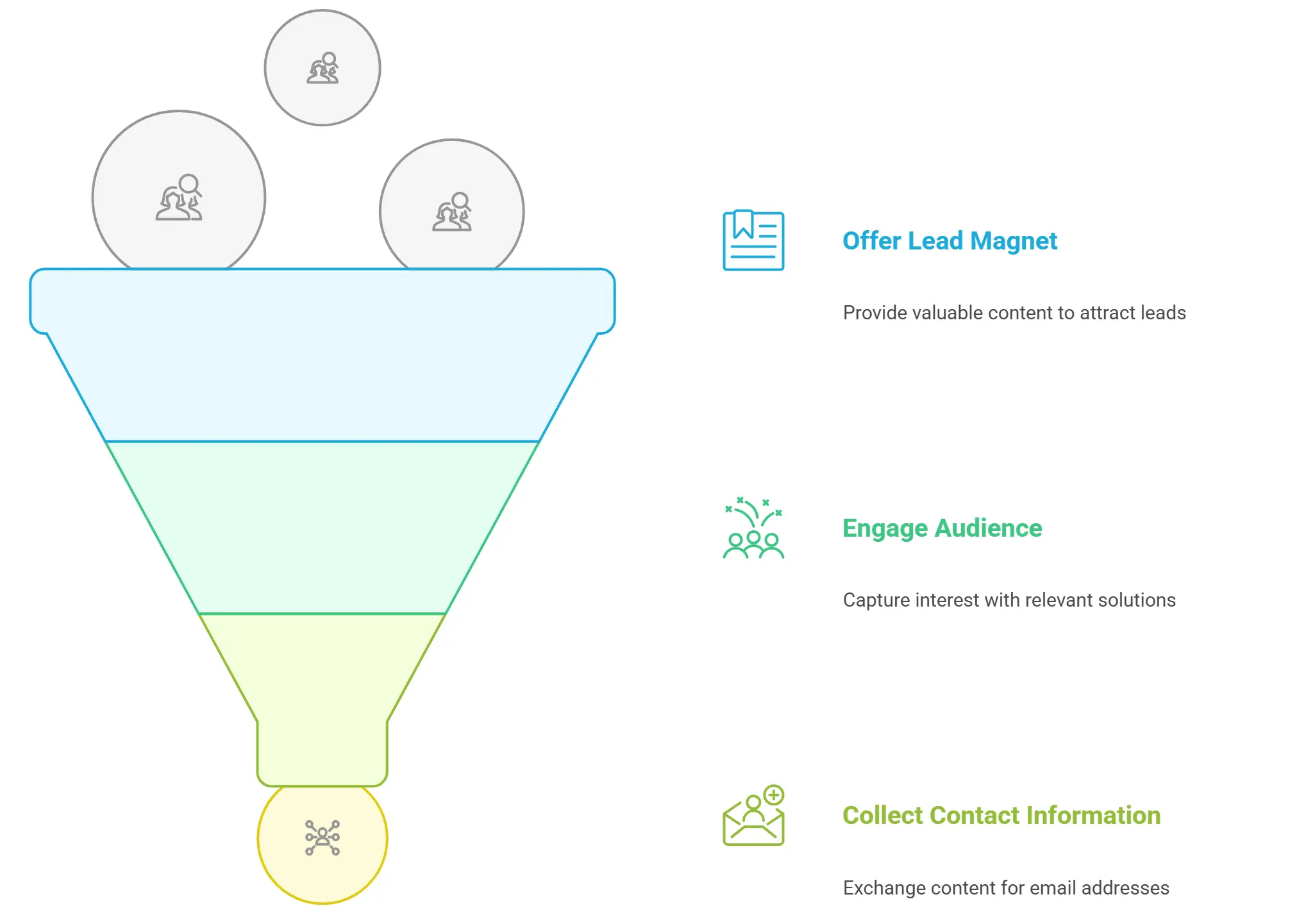
Lead magnets, such as ebooks, whitepapers, guides, and exclusive reports, are highly effective for gathering leads.
In fact, more than 48% of marketers use content as a way to attract potential customers.
Create resources that provide real value and address your audience’s pain points.
For example, you could offer a free checklist or toolkit in exchange for their email address.
Ensure the content solves a specific problem or answers a pressing question your target audience has.
6. Attend trade shows or conferences
Trade shows and conferences are fantastic opportunities to connect with potential customers face-to-face.
These events are not only great for networking but also for showcasing your product or service to a captive audience.
Prepare ahead by having an engaging booth setup, plenty of business cards, and materials like brochures or samples to distribute.
Don’t forget to follow up with the people you meet—it’s the key to turning connections into leads.
7. Offer special deals or discounts
Special offers and discounts are proven ways to grab attention and attract new customers.
Everyone loves a good deal, so use limited-time promotions to create urgency and encourage action.
For example, you could offer a 20% discount for first-time customers or bundle multiple services at a reduced price.
Promote your deals through social media, email campaigns, and even paid ads to maximize your reach.
8. Collect customer reviews and referrals
Happy customers are some of your best marketing assets. Positive reviews and referrals can drive trust and bring in new leads more effectively than traditional marketing.
Encourage satisfied customers to leave reviews on platforms like Google, Yelp, or industry-specific sites.
Consider creating a referral program that offers incentives—like discounts or freebies—for customers who refer new business to you.
9. Track and analyze your results
Pipeline generation isn’t just about implementing strategies—it’s about constantly refining them.
Tracking and analyzing your efforts will help you understand what’s working and what isn’t.
Use tools like Google Analytics, CRM systems, and marketing automation software to monitor your metrics.
Pay attention to conversion rates, click-through rates, and engagement levels to identify areas for improvement. Make adjustments as needed to maximize your results.
10. Keep in touch with your leads
Generating leads is one thing, but keeping them engaged throughout the sales funnel is just as important.
Create a personalized follow-up plan to nurture your leads and guide them toward making a purchase.
Use tools like email marketing, retargeting ads, and even direct messages on social media to stay connected.
Share relevant content, updates, and offers to keep your brand top of mind.
11. Stay on top of industry trends
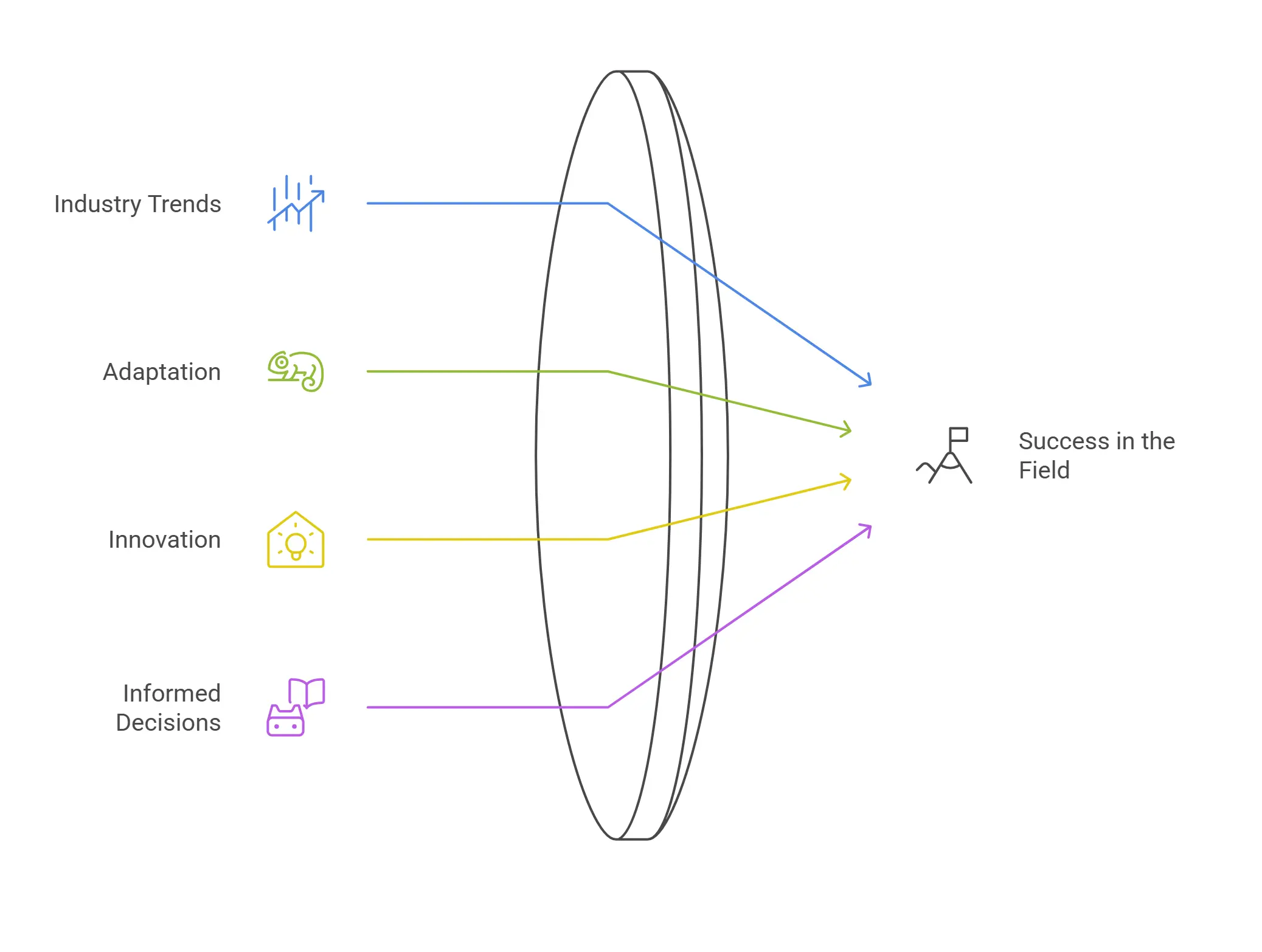
The business world is constantly evolving, and staying ahead of the curve is crucial for effective pipeline generation.
Keep up with the latest trends and innovations in your industry by attending webinars, reading blogs, and engaging with other professionals.
This not only ensures you remain relevant but also helps you discover fresh ideas and strategies for attracting leads.
12. Don’t underestimate the power of templates and checklists
Templates and checklists are simple yet incredibly effective tools for streamlining your pipeline generation efforts.
They help you stay organized, ensure consistency, and make complex tasks more manageable.
For example, you can create a checklist for setting up successful email campaigns or a template for crafting compelling LinkedIn messages.
Offering these resources to your audience can also make for a great lead magnet!
13. Use the power of podcasts
Podcasts are rapidly becoming a favorite platform for businesses to connect with their target audience.
Whether you start your own podcast or partner with existing ones in your industry, this medium allows you to share insights, tips, and stories that resonate with potential leads.
Podcasts not only establish you as an industry expert but also help you build a loyal and engaged audience.
End each episode with a clear call to action to encourage listeners to take the next step with your business.
Yess's Strategic Approach to Pipeline Generation
Here's the hard truth: technical buyers don't want to talk to salespeople. They want to talk to experts who understand their world. That's where Yess comes in.
Yess is a sales engagement platform that helps your entire team work together to generate a pipeline.
Instead of leaving SDRs to fight alone, Yess connects them with the right people in your company - technical experts, senior staff, product specialists - who can actually get buyers to respond.
It's like having a quarterback who knows exactly when to pass the ball to score.
Here's how it works: When an SDR's outreach isn't landing, Yess finds the perfect person in your company to reach out instead - someone with the expertise or seniority that matches what the buyer needs.
The SDR writes the message, the expert approves it with one click, and boom - you've got a conversation started.
No more hoping that perfect cold emails will work. No more watching deals die because you can't get in the door.
Just real people with real expertise helping you build a pipeline that actually converts.

